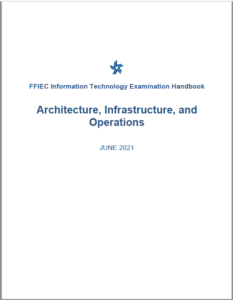Check Image Quality
The Fintech Times reports on a new Chase survey examining consumers’ evolving relationship with cash, savings, and digital banking tools one year after the start of the pandemic. The survey was fielded between April 23-26, 2021, consisting of 2,005 men and women, between the ages of 18 to 57+. The primary finding, to no one’s particular surprise, is that customers desire personalization in the form of tools and information.
Read MoreIn case you missed it, over the past month, we have published incredible content on our OrboNation Blog and Modernizing Omnichannel Check Fraud Detection. Review the latest OrboNation Newsletter online or via PDF download.
Read MoreCongratulations go out to Symcor Inc. on their 25th anniversary in business! Symcor got its start as a joint venture between three of Canada’s largest financial institutions (the Toronto Dominion Bank, Royal Bank of Canada, and Bank of Montreal), and evolved from processing checks and printing financial documents into a market-leading organization with unique expertise…
Read MoreIn any industry, dealing effectively and efficiently with suppliers is a challenge. This challenge is enormously compounded in the world of liquor sales, a maze of regulations and restrictions that change from region to region and bedevil even the most experienced manager.
Read MoreA commentary at Digitaltransactions.net by Peter Jensen, chief executive of RocketFuel Blockchain Inc., explores the reasons the Millennial generation are not only unintimidated by cryptocurrency, but also prefer it as the digital payment of choice: As the generation that grew up during the financial crisis and the expansion of the Internet, Millennials realized the shortcomings…
Read MoreKevin Levitt, Global Business Development, Financial Services, NVIDIA, has an excellent post at Finextra.com examining the prevalence — and importance — of Artificial Intelligence adoption in fintechs, investment firms, and consumer banks.
Read MoreIn case you missed it, over the past month, we have published incredible content on our OrboNation Blog and Modernizing Omnichannel Check Fraud Detection. Review the latest OrboNation Newsletter online or via PDF download.
Read MoreNo, this is not a scene from a sci-fi action movie starring the immortal Arnold Schwarzenegger. As far as we know, there is no “Skynet” that has developed an artificial intelligence with the motive of eradicating all human life.
Read MoreThe Architecture, Infrastructure, and Operations Booklet is one in a series of booklets that compose the Federal Financial Institutions Examination Council (FFIEC) Information Technology Examination Handbook (IT Handbook), prepared for use by examiners. As described at the FFIEC website: With the publication of this booklet, the FFIEC member agencies replace the “Operations” booklet issued in July 2004.…
Read MoreArtificial Intelligence can be a dizzying technology to understand. While the term gets tossed around everywhere you turn, it’s important for financial institutions to have a strong baseline of knowledge on the different types of AI, in order to better leverage the technology.
Read More







